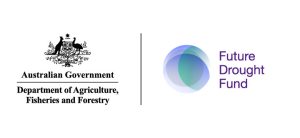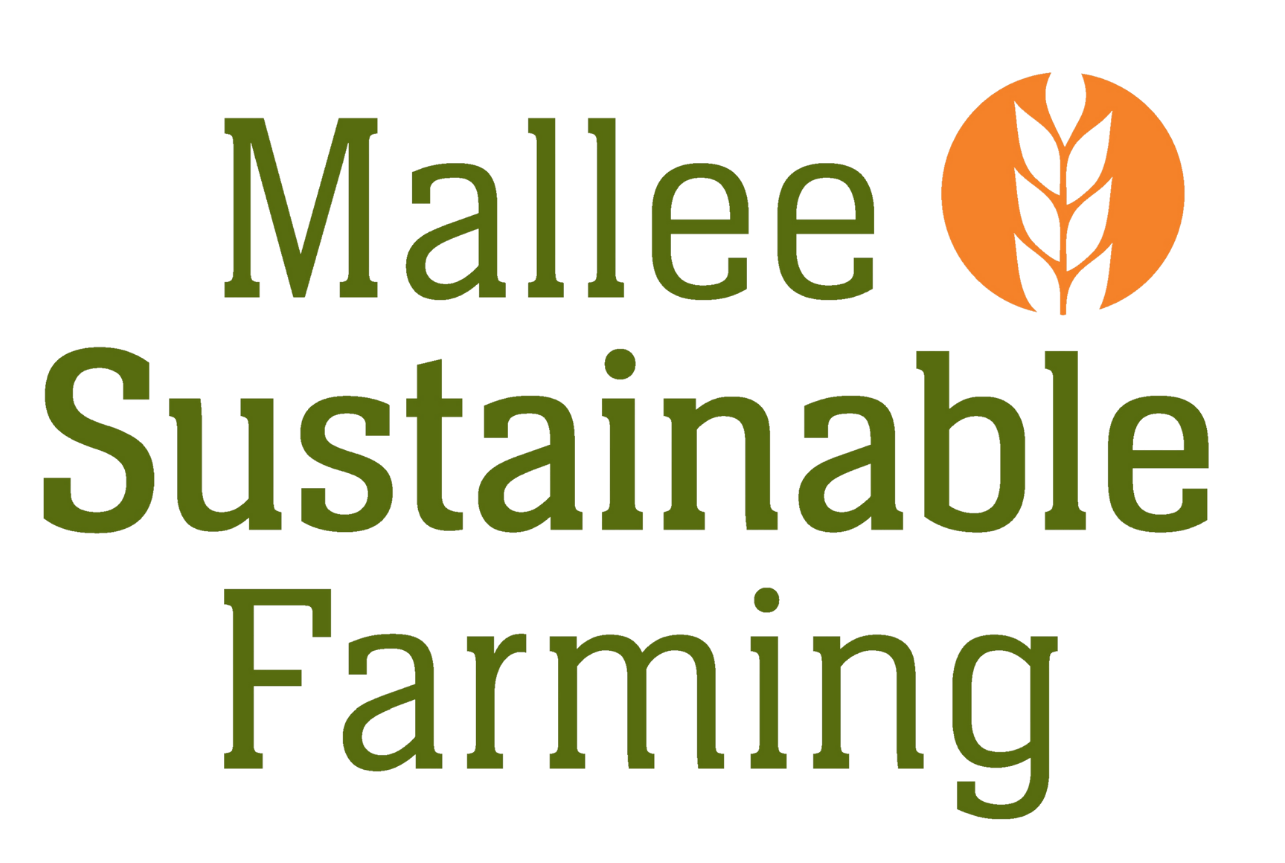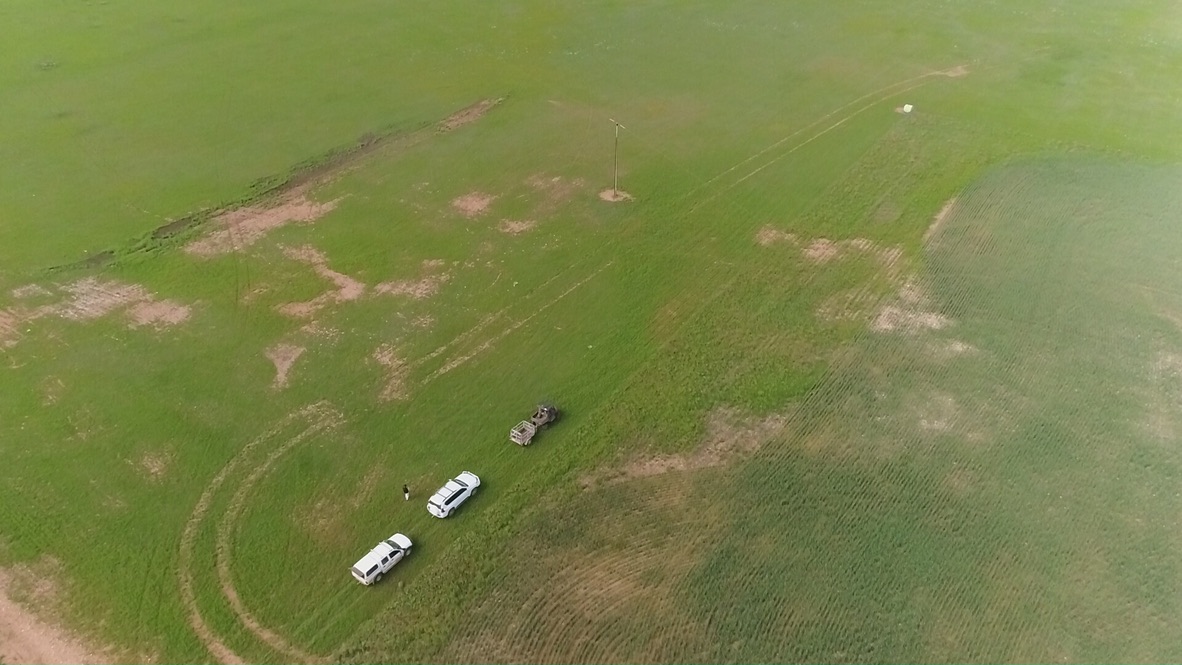
ABOUT THE PROJECT
This project will demonstrate farmer ready management practices that break the cycle of saline land degradation exacerbated by very dry or drought conditions.
Two key drivers of soil salinity will be addressed – dry saline land and Mallee seeps that cause lost production in low rainfall broadacre mixed farming landscapes.
48 demonstration sites will be established over two years working with 48 farmers directly across 10+ million hectares of the low rainfall EP, Upper Yorke Peninsula, Murray Plains, SA, VIC and NSW Mallee.Drought prone low rainfall regions of the Mallee, Murray Plains, Eyre Peninsula (EP) and upper Yorke Peninsula (YP) have seen increasing impacts of dry saline land and Mallee seeps degradation that has led to lost productivity, efficiency and reduced profitability.
Dry saline land affects a wide range of soil conditions from shallow stone/loamy sands to heavy clay/loam flats and appear in vastly different low rainfall landscape environments. These soils are all conducive to capillary rise of moisture and salts that evaporate leaving a concentration of salts at the surface. This is exacerbated by conditions that lead to higher evaporation of moisture e.g.long hot summers, periods of drought and the loss of surface vegetative cover.
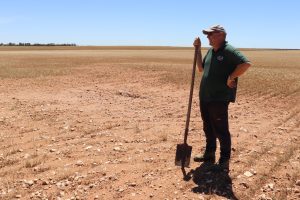
Chris McDonough inspecting dry saline land at Wunkar SA Mallee
Mallee seeps occur where perched groundwater reaches the surface, typically in low lying farmland. This water is under utilised below the ground and when it moves into a recharge zone where excess water sits on the surface it causes soils to become waterlogged and eventually salinized through evaporation. Unmanaged seeps kill off vegetation rendering land unproductive leading to bare soil patches. Whilst wet seasons contribute to the excess water into Mallee seep areas, it is the dry and drought periods that accelerate the rise of the salt to accumulate at the surface making land unproductive.
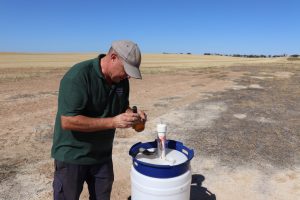
Both land degradation issues affect the lowest rainfall areas, can exist in the same paddock at the same time and become worse in dry or drought years.
In severe situations, often following successive dry years, remediation takes longer and is far more costly than if these areas were actively managed in the early stages of salinisation and prior to drought periods.
The demonstration of paddock scale practices for saline land remediation will guide farmers to take preventative action to prevent further loss of land assets in future droughts. Regions will be better prepared for future droughts by mitigating salinity exacerbated by drought.
20 case studies and a decision tree for managing dry saline land and seeps will be available for public access.
RESOURCES
Coming soon
– Farmer case studies
– Managing dry saline land Decision Tree
VIDEOS & PODCASTS
https://youtu.be/cdUhDEkE5Y8https://youtu.be/am1SiJTnZ18
PROJECT PARTNERS

ACKNOWLEDGMENTS
